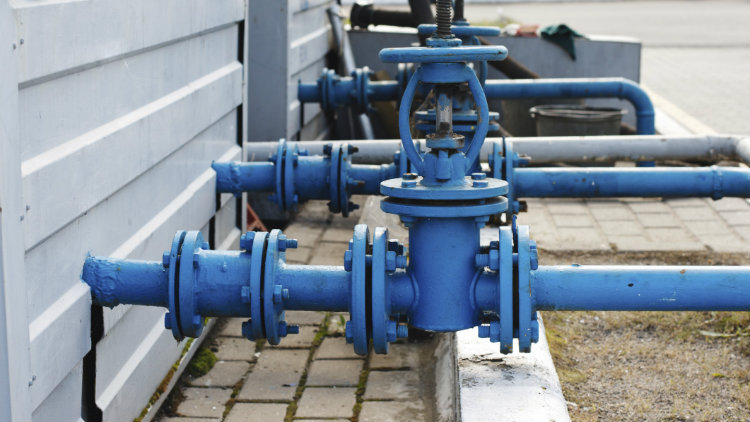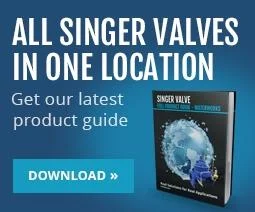
We live in a consumer-driven economy. Very few people purchase even a box of breakfast cereal without doing plenty of online research and pricing comparisons. Before you invest in anything for your home, you want to make sure the product is safe, fulfills your needs and, perhaps most importantly of all, you want to make sure you’re getting a good value. Choosing control valves is really no different. At the end of the day, you want to ensure you’re selecting a product that is high quality, economical and will get the job done for many years to come.
The best place to start is by considering the most pertinent detail of any valve: the size.
Choose the Correct Size for the Pipe
The goal for any process control engineer is to find the smallest valve necessarily for the purpose. Often, the smallest valve is also the least expensive. However, it’s imperative that you know exactly the size needed for the pipe. Choosing the wrong size can lead to inefficiency and operating problems.
The best way to determine the right size for your needs is to use the Cv method:
- First, find the minimum and maximum flows that the valve will experience. It’s best to be as accurate as possible. A valve working below the minimum flow expectation will often hunt and fluctuate, which leads to pressure spikes downstream and, ultimately, a burst pipe.
- Next, calculate the pressure differential between the lowest possible upstream pressure and downstream pressure required.
- Input the minimum and maximum flows, as well as the pressure differential, into the following equation:
- Q (gpm) = Cv x square root of pressure differential
- Cv = Q/square root of pressure differential
- Utilizing a manufacturer catalogue, choose a product with a Cv value that is at least the number calculated using the formula above. By choosing a valve with a slightly higher Cv than you’ve calculated, you have the flexibility for higher flows in the future.
- Lastly, be sure the given flow rate is realistic and the pressures are accurate and proven. Always opt for exact calculations over educated estimates to ensure maximum efficiency.
Sizing Example:
We require to size a valve to handle 3500gpm Maximum Flow, Inlet Pressure is 100psi, Outlet Pressure is to be 70psi.
- i. Solving for Cv
Pressure differential = 100psi – 70psi = 30psi
Flow(Q) = 3500 gpm
Solving for Cv = 3500 / √30
Cv = 639 - ii. Compare Cv and Flow Frequency Capabilities for Full Port (106) and Reduce Port (206) valves:
Table 1, S106 Full Port Valve Bodies

Table 2, S206 Reduced Port Valve Bodies

- iii.Valve Selection:
Cv = 639, Maximum continuous Flow = 3500gpm
By applying the Cv formula, we find that the 8” S106 body meets the Cv requirement. However, the continuous flow estimate is below our requirement. Therefore, you would need to use a 10” on the S106 body.
The 10” S206 body, however, meets both the Cv measurement requirement as well as the continuous flow requirement. It’s a clear winner for this job. Give yourself a pat on the back! You’ve successfully chosen the right pressure reducing control valve for your needs.
When it comes to selecting a valve, there’s really no such thing as too much research. By doing all of your homework before you begin reviewing manufacturing catalogues, you’ll have a better understanding of the scope and scale of the project and can more accurately estimate your costs.
To learn more about the various valve types and sizes available through Singer Valve, download our complete product catalogue.








